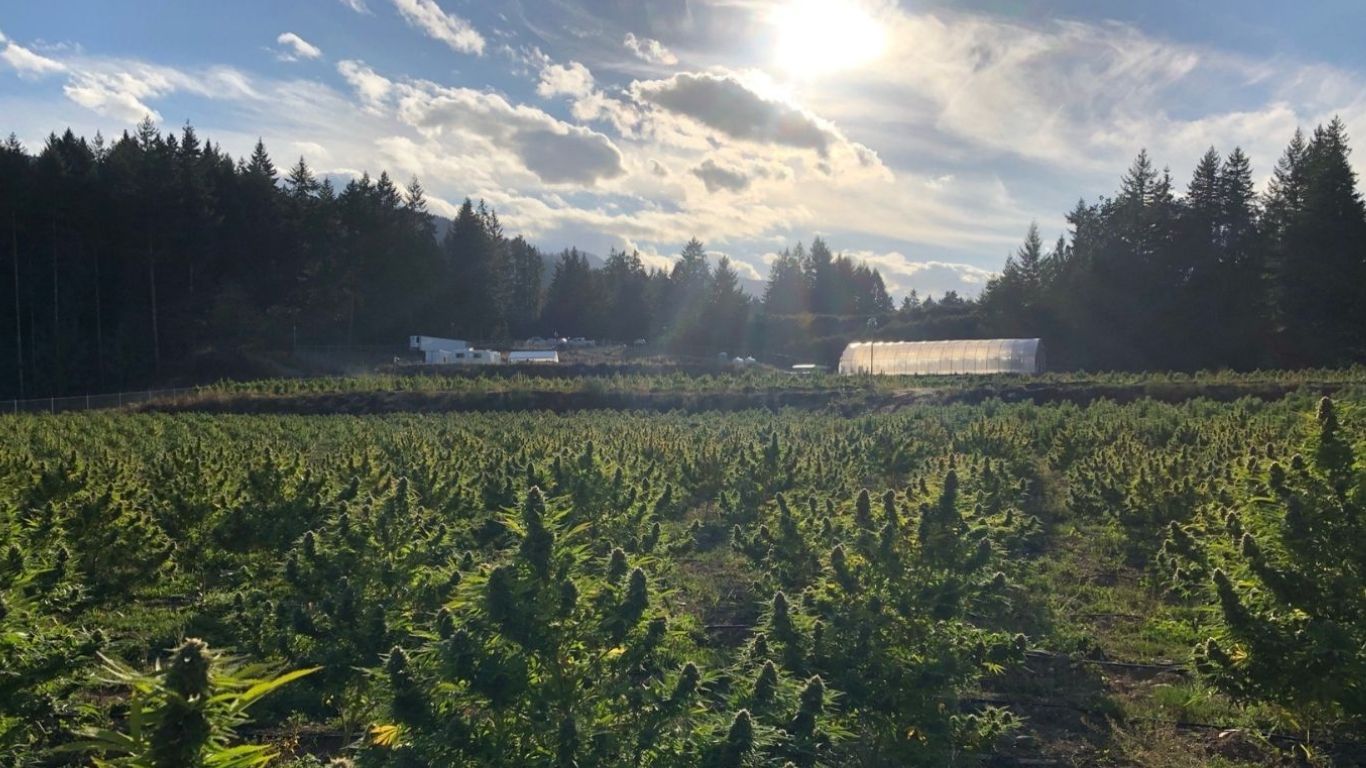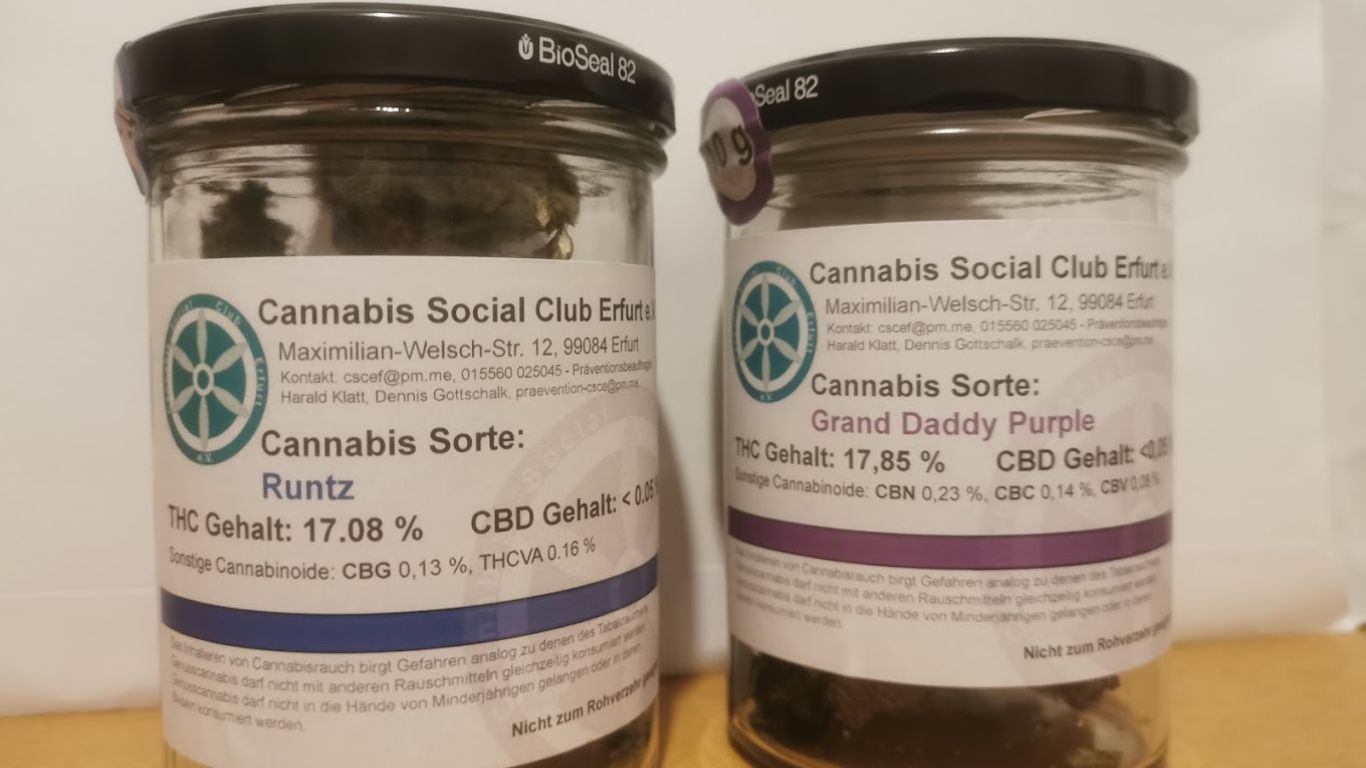
Proposed regulatory changes to the federal cannabis framework are a good step toward bolstering the industry, but some retailers, producers, and consultants say more needs to be done to help it grow and thrive.
Health Canada announced the proposed changes in early June, and a 30-day consultation period, which ends July 8, is now underway. (Note: Implementation of any proposed changes could take several months or more).
They cover everything from allowing cut-out windows and transparent packaging for dried and fresh cannabis products, plants, and seeds, to adjusting or removing some licencing requirements for producers, to quadrupling the threshold for micros from 200 m2 to 800 m2.
The proposed amendments also align with recommendations in the federal government’s expert panel’s final report on the Legislative Review of the Cannabis Act.
“For us, on a very functional level, it would be really nice to be able to tell the difference between one product and another without getting a magnifying glass out.”
Andrea Dobbs, Village Bloomery
“I think a lot of them are common sense, kind of much-needed for a very long time and it’s good to see that they are finally being implemented,” said consultant Deepak Anand, the principal with ASDA Consultancy Services.
“I wouldn’t say anything is bad. Definitely lots is missing.”
Two proposals Anand would recommend involve medical cannabis — allowing in-person access at pharmacies and removing the tax.
“We’ve had tax on medical cannabis for a very long time, cannabis is one of the only products, or the only product out there in Canada, that is a pharmaceutical product that is being taxed,” he said.
“The second, obviously, would be increased access, so certainly being able to both get this dispensed, but also received at a pharmacy would be another step in the right direction.”
The expert panel report calls for expanding the existing model, which permits online sales, to allow for in-person cannabis access at pharmacies.
Given that it has been nearly six years since legalization, Anand says the government needs to pick up the pace around some changes.
“It definitely is frustrating to see it moving so slowly,” he said. “If you think proactively and the way the government works, these things always take a very long time, but action was needed years ago. I think we are on the right path but it is a slow process.”
“That’s not to say it can’t be a step in the right direction, it’s just not something that will benefit who it is intended to benefit until those other pieces arrive as well.”
Walker Patton, Woody Nelson
The proposed changes to packaging — allowing cut-out windows on packaging for dried or fresh cannabis products and cannabis seeds, allowing transparent containers, and allowing lids to be a different colour than the container — will enable consumers to make more informed choices, says Andrea Dobbs, co-founder of Village Bloomery, a cannabis retailer in Vancouver.
“At least if you have three different cultivars, maybe the lid will be the difference. For us, on a very functional level, it would be really nice to be able to tell the difference between one product and another without getting a magnifying glass out,” Dobbs said.
“I think it’s going to be easier. When we start to talk to people about things that are quote, sativa, or equatorial, or whatever we want to call them … we’ll be able to talk about the shape of the bud. People will be able to see it in a more holistic way … it would be easy for me to say, ‘This is machine-trimmed and this is hand-trimmed, do you see the difference?’”
Dobbs says she would have liked to see the proposed changes crafted using more of an environmental lens.
Reducing some licensing requirements will allow for more product diversity.
“I like that they are not going to make people get a licence to process things like the stalk and the root,” said Dobbs. “This should be a completely closed-circle industry because every single piece of this plant is useful. I’m hoping to see a lot more products … paper, rope, canvas. I want to see more plastics, I want to see more fabrics, more paper, who knows, maybe the stalk will become the package one day. Let’s make it more accessible and not make someone get a Health Canada licence to do that.”
The changes are positive from a producer perspective, but more needs to be done, said Walker Patton, chief commercial officer at Woody Nelson, an LP in southeast British Columbia.
“One of the things that stood out to me which I thought was kind of neat was them (increasing) the canopy for micros, but then I quickly realized after talking to some folks on that side of things that that isn’t worth much when you don’t have the capital to expand. And the market price doesn’t exactly support the production of craft cannabis right now.”
“I think a lot of them are common sense, kind of much-needed for a very long time and it’s good to see that they are finally being implemented.”
Deepak Anand, ASDA Consultancy Services.
Ancillary supports are needed, he said.
“If there was capital available or the market price was higher and this was a more profitable industry, or the taxes were lower, there’s a few difference mechanisms that could be changed in order to make that a great policy. But without those other mechanisms, it kind of misses the mark,” he said
“But that’s not to say it can’t be a step in the right direction, it’s just not something that will benefit who it is intended to benefit until those other pieces arrive as well.”
As for his own recommendations, Patton would like to see the 30-gram limit raised to allow for bulk purchases for personal use.
He would also like to see a standardized methodology for cannabinoid and terpene testing.
“It doesn’t really matter if they want to develop their own or adopt something like SGS’s or ASTM’s, we just need consistency from one lab to the next,” he said. “There’s a reason why international labs aren’t generating the same inflated THC test results that we’re seeing in the Canadian marketplace.”
Health Canada estimates the proposed changes could result in $41 million annually in “administrative and compliance cost savings” for stakeholders.
Some of the proposed changes include:
- Increasing the threshold for micros from 200 m2 to 800 m2 and the micro processing licence possession threshold from 600 kg to 2,400 kg of dried cannabis or its equivalent.
- Increasing Nurseries’ canopy size for seed production from 50 m2 to 200 m2, allowing them to harvest up to 20 kg of flowering cannabis for seed production.
- Removing the requirement for actual THC and CBD on product labels, only total THC and CBD.
- Increasing the number of permitted alternate Quality Assurance Persons (QAPs) to “one or more” from the current allowance of “up to two”.
- Licensed processors would no longer be required to provide printed copies of the consumer information document with every cannabis product package sent.
- Formalizing COVID-19 era “flexibilities”.
- Adding grounds for suspension of any licences held by the same licence holder, should they have unpaid fees or have failed to submit a required statement of cannabis revenue for a licence as required under the Cannabis Fees Order.
- Amending the Industrial Hemp Regulations to remove the maximum THC concentration of 10 parts per million for industrial hemp grain derivatives, as well as the testing requirement, labelling for wholesale, and import and export requirements.
- Allowing for differentiation in colour between the lid or cap of a container and the container itself.
- Permitting cut-out windows on packaging for dried or fresh cannabis products and cannabis seeds, while upholding the exclusion of cut-out windows for all other classes of cannabis.
- Allowing dried or fresh cannabis products, in addition to cannabis plants and cannabis seeds, to be packaged in transparent containers while maintaining existing rules prescribing opaque or translucent packaging of all other classes of cannabis.
- Removing the cumulative 10 mg THC limit for an outermost container of edible cannabis product to allow greater flexibility in packing multiple immediate containers, as long as the immediate containers do not have more than 10 mg of THC each.
- Removing the requirement to file an NNCP to Health Canada for dried and fresh cannabis products.











